A PTFE gasket molding machine is designed to manufacture gaskets from Polytetrafluoroethylene (PTFE) material. PTFE is known for its excellent chemical resistance, high-temperature tolerance, and durability, making it a preferred material for industrial seals and gaskets. The molding process using specialized machines is essential to produce gaskets with precise dimensions and performance. Below is an overview of the key components and process.
1. Machine Components
The PTFE gasket molding machine consists of several key components:
- Mold cavity: Where the PTFE material is placed and shaped into the desired gasket form.
- Heated platen: Provides the heat necessary to soften and mold the PTFE material, allowing it to take the shape of the cavity.
- Hydraulic or mechanical press: Applies pressure to the PTFE material, ensuring uniform distribution within the mold cavity and proper sealing.
- Cooling system: After molding, the part is cooled to solidify the material and retain its final shape.
2. Material Loading
PTFE in its raw form (typically in powder or pre-formed shapes) is loaded into the mold. In some cases, additives or fillers, such as glass or carbon fibers, may be mixed with PTFE to enhance its properties, like strength or wear resistance.
3. Molding Process
Once the material is loaded, the mold is closed, and the machine heats the PTFE to a specific temperature. The heat causes the PTFE to soften, while pressure ensures the material fills the mold cavity completely. After a predetermined time, the mold is cooled to solidify the gasket.
4. Finishing and Quality Control
After molding, the PTFE gaskets are removed and undergo finishing processes, such as trimming or surface smoothing. The gaskets are also inspected for quality control to ensure they meet the required specifications for thickness, diameter, and overall performance.
In conclusion, PTFE gasket molding machines play a critical role in producing high-quality, reliable gaskets for various industrial applications, ensuring precision, durability, and performance.
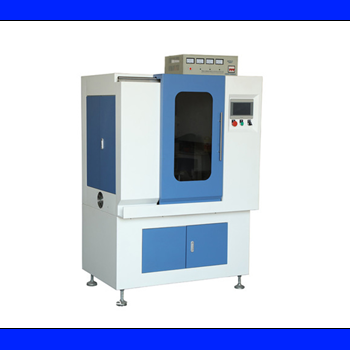
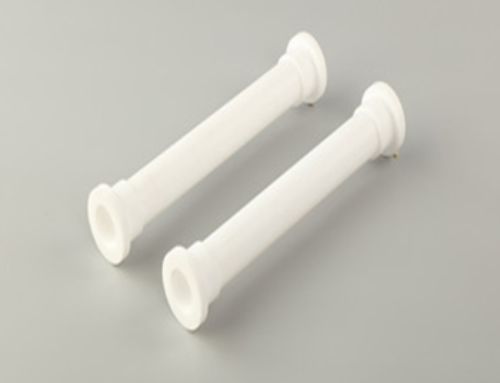
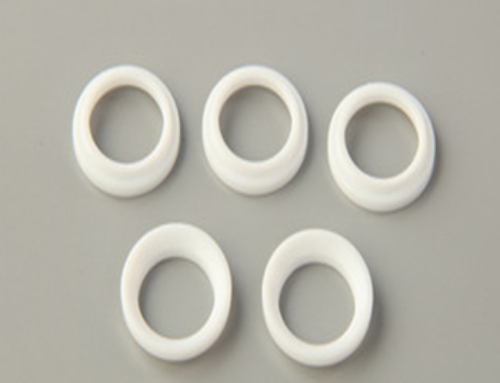
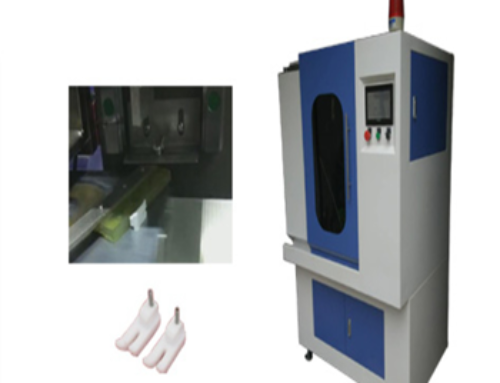
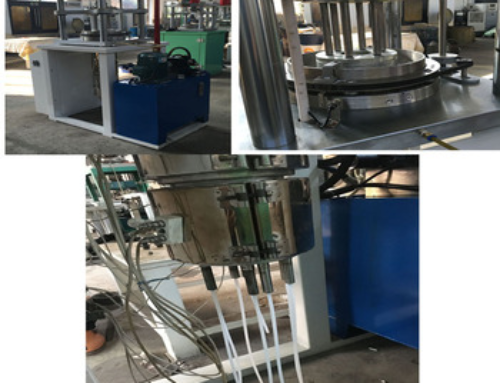
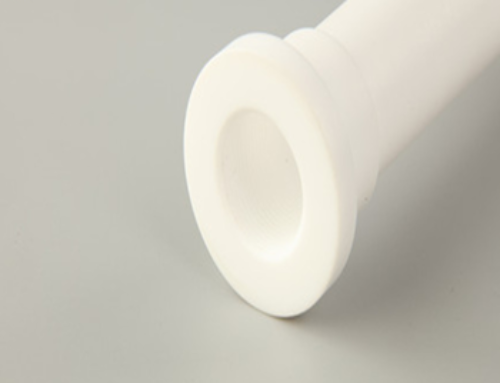

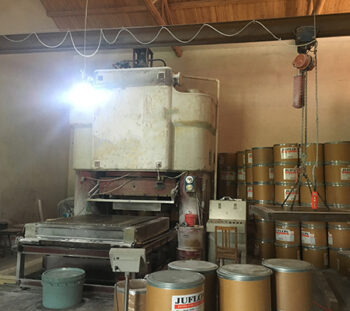
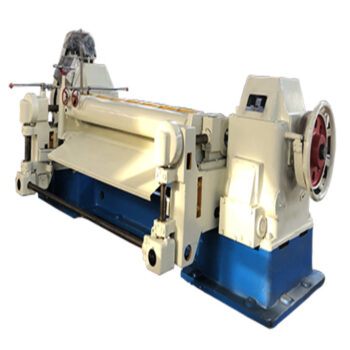
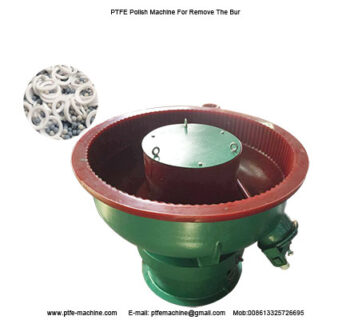
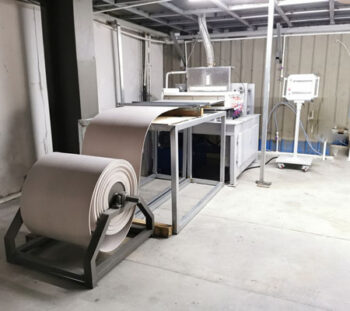
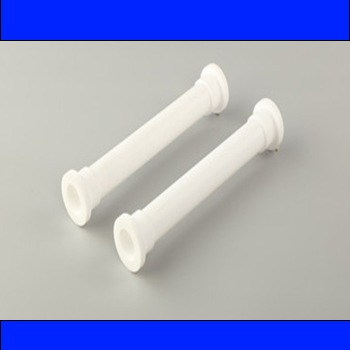

Leave A Comment
You must be logged in to post a comment.